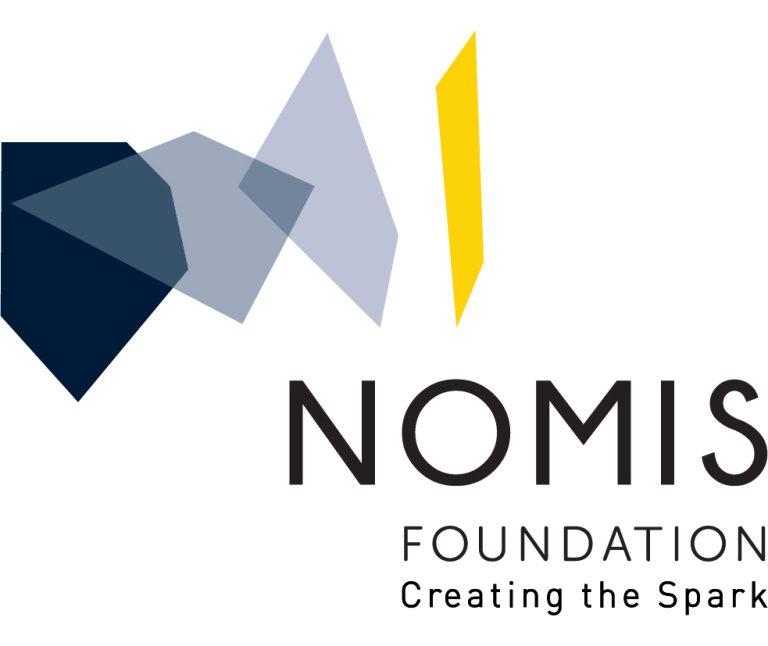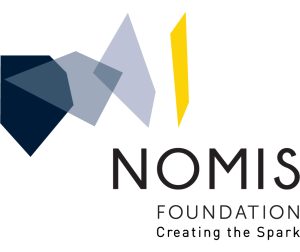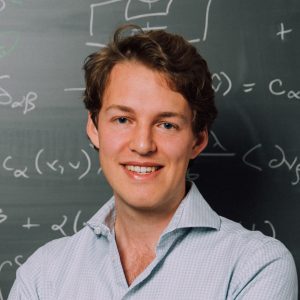David Brückner is a NOMIS Fellow at the Institute of Science and Technology Austria (ISTA), who will be working in collaboration with the research groups of Edouard Hannezo (Physical Principles in Biological Systems) and Gašper Tkačik (Information Processing in Biological Systems).
Brückner received a BA in natural sciences in 2015 and an MSc in theoretical physics in 2016 from the University of Cambridge (UK). In 2021 he received a PhD from LMU Munich (Germany); his doctoral studies included research stays at MIT and Princeton University (US). He has been awarded scholarships from the German National Academic Foundation and from St John’s College, University of Cambridge, for excellent undergraduate performance. During his PhD studies, Brückner received the Add-on Fellowship for Interdisciplinary Life Science from the Joachim Herz Foundation.
In his doctoral studies, Brückner developed quantitative theoretical frameworks to describe the stochastic dynamics of migrating cells. As part of this work, he has developed stochastic inference methods to learn the underlying dynamics of complex processes directly from experimentally observed stochastic trajectories. As a NOMIS Fellow, Brückner will use tools from theoretical physics and statistical inference to investigate how stem cell systems self-organize to make fate choices in developmental processes. A key open question is how cells optimally use noisy mechanical and biochemical cues provided by their environment to make differentiation decisions that are crucial for functional development of organisms. Based on recent technological advances in imaging and sequencing technology, stem cell organoid experiments can now provide time-resolved information on cell movement, shape and developmental fate. Integrating these novel data sets into theoretically grounded modeling frameworks posits a fundamental biophysical challenge. To address this challenge, Brückner will combine his expertise in stochastic model inference with tissue mechanics approaches developed in the Hannezo group, and information processing frameworks developed by the Tkačik group. In collaboration with experimental colleagues, Brückner aims to apply these theoretical approaches directly to experimental data. This collaborative work will help to reveal how cellular systems integrate physical information to generate the patterns and shapes of living organisms in early development.
Pictured above (right) are microscopy images of interacting pairs of cancer cells with a fluorescently labeled actin cytoskeleton. (Photo: David Brückner, Alexandra Fink and Christoph Hohmann, LMU Munich)




